Jeen Hammink
As a Human-Machine Interaction Engineer, Jeen aims to bridge the gap between the pilot and the exoskeleton. Currently, the exoskeleton is controlled by a joystick attached to a crutch—practical, but not ideal. Ultimately, the exoskeleton should move as an extension of the body.
In recent years, alternative input devices have been explored, and one of the most promising candidates is the use of EEG technology (ElectroEncephaloGram) for controlling the exoskeleton. It is possible to classify the intention of walking by capturing the electrical signals produced by the brain. This technology could enable a future where the exoskeleton walks as abled people do: you think about it, and the first stride follows.
This year, Jeen will further develop the EEG technology, focusing on gathering brain-wave data from the pilot and applying machine learning algorithms to classify the respective intentions. In addition, he will work on high-level software algorithms to control the exoskeleton, with the goal of achieving crutch-free walking.


